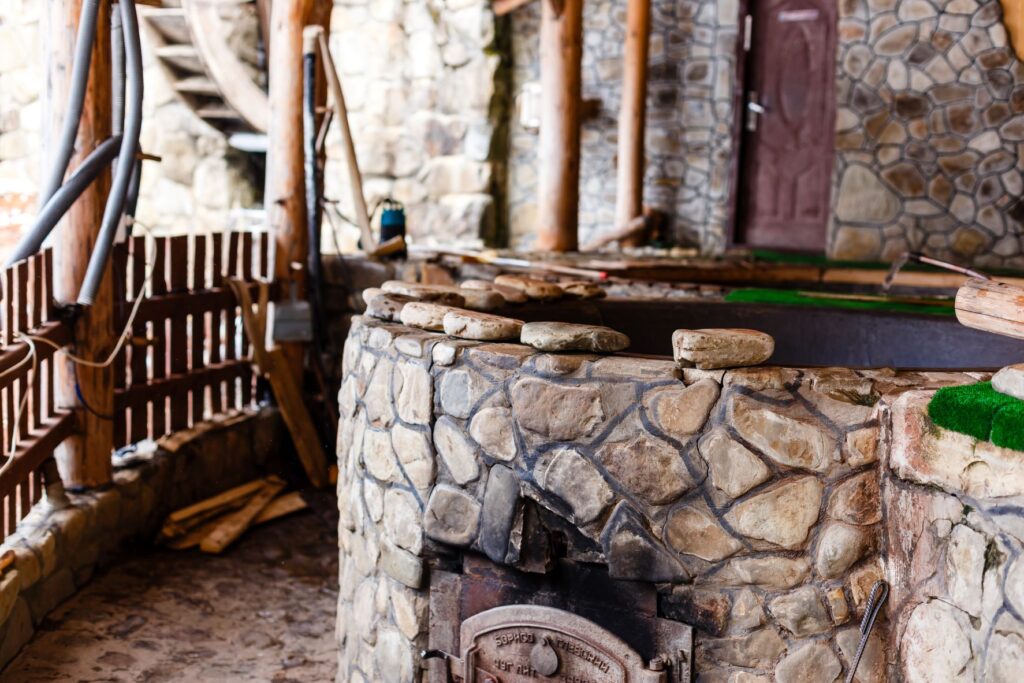In the event you are in need of Pool & Spa repair services, you’ve come to the right place APROSVC. This article outlines some of the most common issues that arise from a swimming pool or spa. You’ll also learn about some of the most effective ways to repair them, including using water treatment and sanitation methods.
Common cracks in spa tiles
If you have a pool or spa, chances are you have some cracks. The pool itself may push on the walls, or the walls may push on the pool. And in the winter, the pool may freeze to the point that the waterline tiles are rendered unusable. For some, that means an all-encompassing replastering job.
There are several common types of cracks. Several, like the one mentioned below are relatively easy to identify and repair. On the other hand, some require more technical know-how. Here are some tips for detecting, repairing, and even avoiding cracks in your home or business.

First, it’s best to remove the pool tiles and reseal the opening to prevent further damage. While you’re at it, you might as well remove the tiles on the surrounding deck and replace them with brand new ones.
Water treatment and sanitation approaches
Pool & spa repair involves a wide range of water treatment and sanitation approaches. This includes the most common chemical used to sanitize pools and spas as well as non-chemical methods.
Chlorine is the most common disinfectant used in swimming pool sanitization. It is a toxic chemical that can cause respiratory problems and can leave skin irritated. Some people suffer from heart disease when exposed to chlorine for long periods of time.
There are other alternatives to chlorine, such as bromine and hypochlorous acid. These chemical disinfectants are effective in killing bacteria and viruses. However, they also produce byproducts that can cause breathing issues and are sometimes harmful to the eye.
Bromine is a halogen compound that is more stable at higher temperatures than chlorine. Bromine is often used for swimming pools and hot tubs in warmer weather.